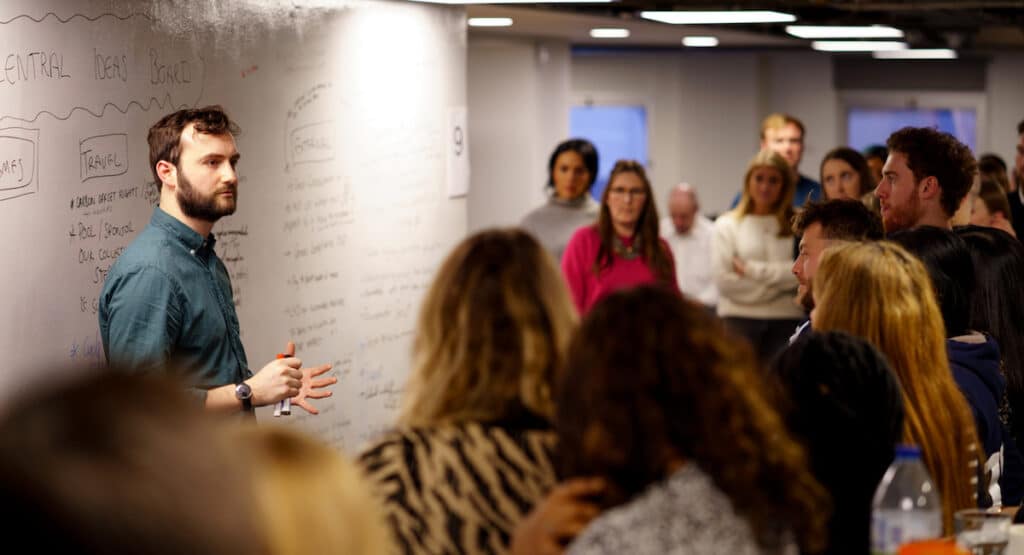So you’ve spent a bunch of time mapping your personas and your customer journeys and you’ve made some changes to improve your customer experience, but you’re not quite reaching where you wanted to get to?
How can you start improving your EX & impact on CX? – Part 1
How can you start improving your EX & impact on CX? – Part 1
So you’ve spent a bunch of time mapping your personas and your customer journeys and you’ve made some changes to improve your customer experience, but you’re not quite reaching where you wanted to get to?

Meet the author
So you’ve spent a bunch of time mapping your personas and your customer journeys and you’ve made some changes to improve your customer experience, but you’re not quite reaching where you wanted to get to?
Have you looked at whether your employee experience is undermining your customer experience?
Your customer experience is reliant on your people being able to do their jobs efficiently. It’s no good building a terrific digital experience that falls down as soon as a customer speaks to you.
“Our employee experience isn’t great as what we’re asking them to do is repetitive and dull. They have to keep the customer waiting whilst they type the same data into multiple systems”
Over the last year, how many times have you found that you can’t achieve what you want online and then can’t get through to a human to help you? It changes my perception of whether I want to continue doing business with that brand.
Often poor customer experience is rooted in poor employee experience. When employees find systems or processes difficult to use, then it slows the process down and impacts the customer. Digital transformation in the b2c context means that most of the customer journey is online. It’s discordant then if the service experience requires a call centre interaction. In b2b there’s an expectation that the customer journey will be omnichannel, with the right relationship insight at the right stage. Often the complexity of the transaction means that different actors are involved in different stages of the journey and customer lifecycle. This complexity means that if you want your customer experience to really fly, you have to invest effort in making sure that your employees are enabled to support it.
We think there are three main areas to focus on:
- Data – poor quality data has many knock-on impacts on employee effectiveness – duplicates make it difficult to find the right record, incorrect addresses mean that items can be sent to the wrong place, general inaccuracies lead to large amounts of rework
- Process – is your process as efficient as it could be? Are there unnecessary steps in it? Is it as simple as it could be?
- Culture – we believe that culture plays a major role in EX and CX. Is your team motivated to make sure the customer succeeds? Are they motivated and empowered to make sure the business as a whole improves over time?
Start by understanding where the bottleneck in your customer journey is. Use some simple metrics to quantify each stage and understand where you should prioritise. Then look at the underlying process to understand the rationale for the performance. If it is very complex, consider simulating the impact of changes before making them – you may discover you are merely moving the bottleneck elsewhere.
Spend time doing some of your front line team’s jobs – what they tell you about how it works may not be the same as how it is. Look for opportunities to make it easy to do their jobs…
For more tips on how you can start improving your EX and impact on CX, with a focus on Employee Effort see part 2.
For the previous blog post in our EX in CX series, read ‘Why is it important to align EX and CX strategy to your company vision, mission and values?‘.
To find out how we can help you with employee experience or your customer experience transformation please contact us.

